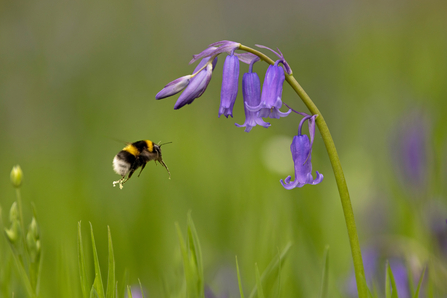
Bluebell and bee by Jon Hawkins - Surrey Hills Photography
Protect wildlife for generations to come
Sunshine through trees in bluebell wood by Simon Bratt

Bluebell and bee by Jon Hawkins - Surrey Hills Photography
One of the most joyous experiences of the English spring is walking through a carpet of bluebells in sun-dappled woodland.
The bluebell spends most of the year as a bulb underground in ancient woodland, only emerging to flower and leaf from April onwards. Millions of bulbs may exist in one bluebell wood.
We are lucky to have beautiful displays at numerous BBOWT reserves including Sydlings Copse near Oxford, Foxholes near Burford and Bowdown Woods near Newbury.
BBOWT staff and volunteers carrying out the annual snake's-head fritillary count at Iffley Meadows in Oxford in April 2023. Picture: Pete Hughes
There’s some debate about whether snake's-head fritillaries are a native species in the UK or not, but whatever its origin it’s been adopted as the county flower for Oxfordshire.
The sight of thousands of purple and pink chequered blooms nodding in the wind at Iffley Meadows nature reserve near Oxford city centre draws people from far and wide.
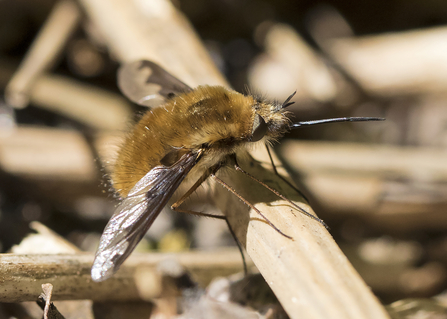
Dark-edged bee-fly by Chris Lawrence
The dark-edged bee-fly, or 'large bee-fly', looks rather like a bumblebee, with a long, straight proboscis that it uses to feed on nectar from spring flowers, such as primroses and violets. It is on the wing in the early spring, when it can often be seen in sunny patches. In flight, it is even more like a bee as it produces a high-pitched buzz.
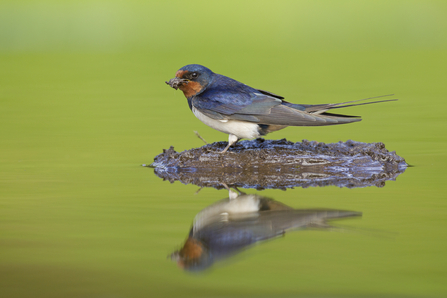
Barn swallow (Hirundo rustica) collecting mud for nest building. Picture by Mark Hamblin/2020VISION
Look out for swallows returning to the UK from their winters in Africa. They feed on small, flying insects, and are often found near farmland or grassland, particularly if there’s water nearby.
According to the British Trust for Ornithology, females look for males with the most symmetric tails to mate with!
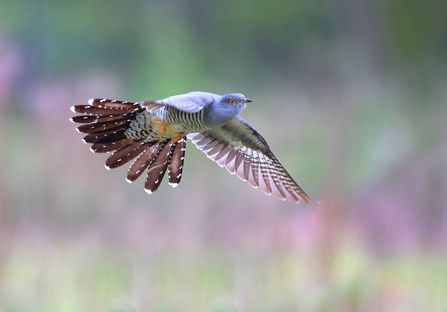
Cuckoo by Jon Hawkins - Surrey Hills Photography
Cuckoos make an astonishing journey each year, flying to Africa for the winter and returning to the UK each spring. The females find another bird’s nest (often a reed warbler or dunnock), remove one of the existing eggs and lay one of their own mimicking the original. She then leaves the ‘host species’ to bring up her chick (which also removes any other eggs from the nest soon after it hatches to ensure the deception is successful).
Sadly, cuckoo numbers are declining in Britain and the bird's familiar two-note call has been lost from many of its former haunts.
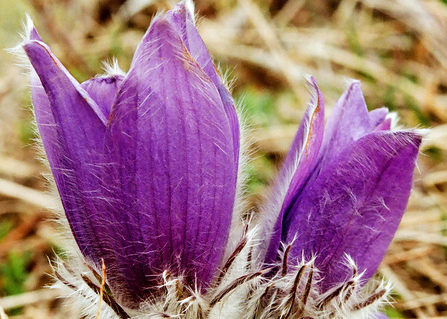
Pasqueflower by Zsuzsanna Bird
This rare purple flower with bright yellow centre grows on undisturbed chalk grassland like that at Hartslock nature reserve, near Goring. It blooms near Easter, giving it its name which derives from ‘Paschal’.
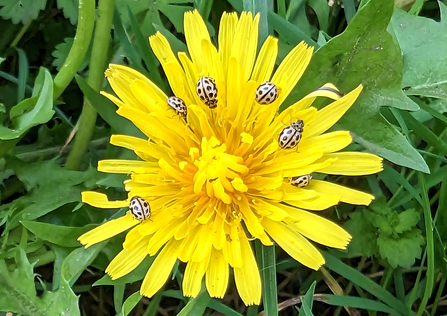
16-spot ladybirds on a dandelion by Evelyn Paveley
Ladybirds are a gardener's friend, feasting on aphids. The 16-spot ladybird is a small (3-4mm) species, favouring grassland containing hedgerows, where it is often found on flowers. The above image by Evelyn Paveley was a runner-up in the 2023 BBOWT photography competition. Entries have just opened for our 2024 competition, find out more and enter here!
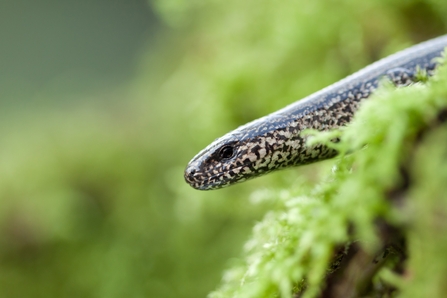
A slow worm (Anguis fragilis). Picture: Jamie Hall
The slow worm is neither a worm nor a snake, but is, in fact, a legless lizard. Slow worms can be found in heathland, tussocky grassland, woodland edges and rides where they hunt for invertebrates to eat. They are often found in mature gardens and allotments, where they like hunting around the compost heap.
The mating season for slow worms kicks off in April or May and courtship may last for as long as 10 hours! Females incubate the eggs internally, 'giving birth' to an average of eight young in summer. Look out for them at Greenham Common, Padworth Common and our Warburg Nature Reserve near Henley.
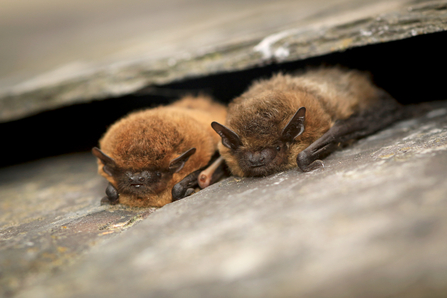
Common pipistrelle bats by Tom Marshall
On the warmer spring evenings bats will be out flying over gardens and parks looking for insects to eat. One of the most common bats you'll see is the common pipistrelle. The best time to look out for them is just as it's getting dark. Even though these are tiny they can eat around 3,000 insects every night!
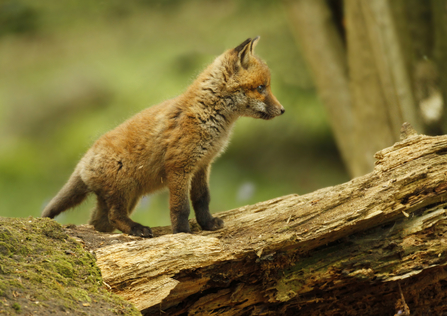
Fox cub by Jon Hawkins - Surrey Hills Photography
While you're walking through woods this April, keep a lookout for fox cubs! Most cubs are born in mid-March, and this is the time they start to emerge, from about five weeks old.
The cubs are naturally very playful, so if you can find a good vantage point from which to watch, you can see them running and pouncing on each other - an unforgettable experience!
Foxes usually create their burrow systems - called 'earths' - in wooded areas, so any woodland could be a good place to look, but go quietly.